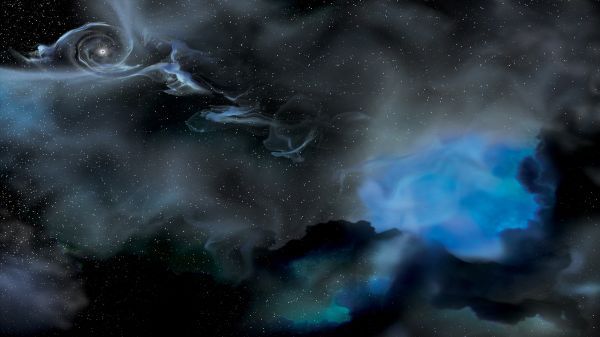The universe’s black holes are bigger than astrophysicists expected them to be. Now, a new study suggests why: Every single black hole may be growing as the universe expands. The new hypothesis, called “cosmological coupling,” argues that as the universe expands outward after the Big Bang, all objects with mass grow with it too. And black holes, as some of the most massive objects to exist, grow the most. This hypothesis stems from the gravitational ripples in space-time that occur when two massive black holes get locked in orbit, spiral…
Read MoreMonth: November 2021
Satellites discover huge amounts of undeclared methane emissions
Huge amounts of uncounted emissions of highly warming greenhouse gas methane are being released by “super-emitters” all over the world, satellite observations reveal. Scientists have only recently worked out how to detect methane emissions from space, but what they have seen since has taken them by surprise. The greenhouse gas, which is 80 times more potent than carbon dioxide, is leaking from gas pipelines, oil wells, fossil fuel processing plants and landfills all over the world. It is frequently released through negligence and improper operations; the emissions, in many cases,…
Read MoreNASA Administrator Statement on Russian ASAT Test
On Monday Moscow Standard Time, the International Space Station (ISS) Flight Control team was notified of indications of a satellite breakup that may create sufficient debris to pose a conjunction threat to the station.
Read MoreKessler Syndrome and the space debris problem
The Kessler Syndrome is a phenomenon in which the amount of junk in orbit around Earth reaches a point where it just creates more and more space debris, causing big problems for satellites, astronauts and mission planners. Consider this scenario: The destruction of a dead spy satellite spawns a swarm of debris in Earth orbit, which wreaks ever-increasing havoc as it zooms around our planet. The cloud destroys a number of communications satellites, generating more and more debris with every violent collision. It takes out the iconic Hubble Space Telescope…
Read MoreNorth America Favored for This Week’s Deep Partial Lunar Eclipse
North American observers can watch the Moon turn a reddish hue as it flirts with Earth’s shadow on the night of November 18–19 in the longest partial eclipse of the century. The post North America Favored for This Week's Deep Partial Lunar Eclipse appeared first on Sky & Telescope.
Read MoreDid a Comet Explode Over South America 12,000 Years Ago?
Huge chunks and twisted slabs of dark glass are strewn across a patch of the Chilean Atacama Desert. Do they have a cosmic origin? The post Did a Comet Explode Over South America 12,000 Years Ago? appeared first on Sky & Telescope.
Read MoreNASA Announces Drilling Site on the Moon
NASA has revealed the landing site for Intuitive Machines’ ambitious drilling mission, set to launch for the Moon in 2022. The post NASA Announces Drilling Site on the Moon appeared first on Sky & Telescope.
Read MoreQi’ra’s tale lives on in Marvel Comics’ ‘Star Wars: Crimson Reign’ miniseries
Emerging directly out of the pages of Marvel Comics’ popular “Star Wars” spinoff, “War of the Bounty Hunters,” is a bold new title coming this December that further explores the character of Qi’ra from the young Han Solo film “Solo.” “Star Wars: Crimson Reign #1” launches the middle chapter of a trilogy that first began with “War of the Bounty Hunters” and advances the compelling story of Qi’ra and the Crimson Dawn crime syndicate. Written by Charles Soule (“Star Wars: The High Republic“) and paired with artwork courtesy of Steven…
Read MoreSpaceX shows off epic photo of Starship SN20 engine test
This SpaceX photo shows the first test-firing of six Raptor engines on the company’s Starship SN20 rocket prototype on Nov. 12, 2021 at the Starbase facility in near Boca Chica Village in South Texas. A Starship Super Heavy booster stands at right. (Image credit: SpaceX) When SpaceX’s newest Starship prototype fired up its six engines last week, you can bet the cameras were on. A new SpaceX photo captures the moment of ignition for the new Starship SN20 rocket, the first of SpaceX’s shiny, silver Starship prototypes designed to launch…
Read MoreChina is building a new ship for sea launches to space
China is building a specially designed ship for launching rockets into space from the seas in an effort to boost its capacity to launch satellites and recover rocket stages. The 533 feet (162.5 meters) long, 131 feet (40 meters) wide “New-type rocket launching vessel” is being constructed for use with the new China Oriental Spaceport at Haiyang, Shandong province on the Eastern coast. The new ship is expected to enter service in 2022. It will feature integrated launch support equipment and be capable of facilitating launches of the Long March…
Read More
